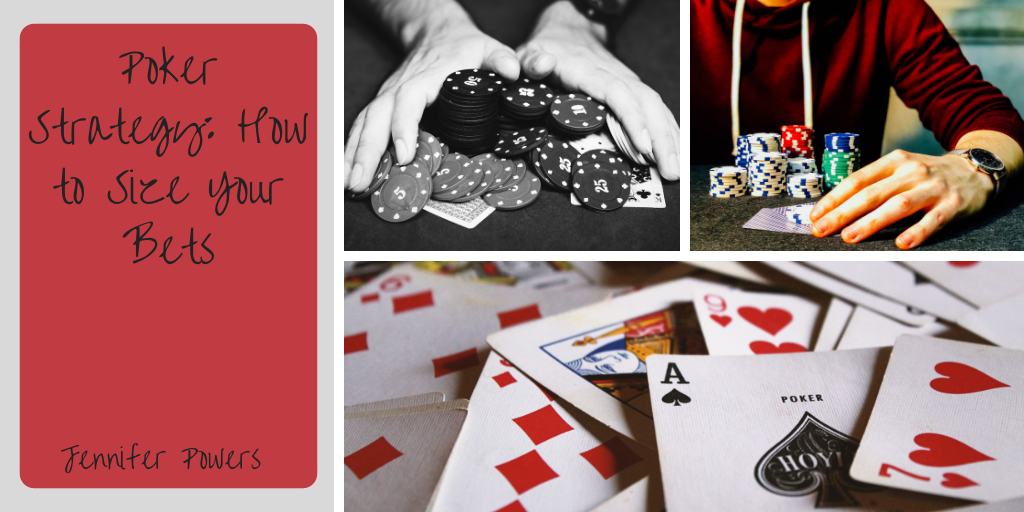When it comes to betting in the card game known as poker, there are two reasons.
- The player want to improve the value of the pot.
- The player is bluffing.
A player who bets without either of these goals in mind will soon be without chips. This article intends to go into better detail on these two reasons and give a general breakdown of when it is okay to pursue them. New players to poker should realize that even just calling, rather than raising, is considered a bet.
Betting for Value
The most basic reason to bet for value is because the player feels his hand can win. One of the best scenarios to bet for value is when playing against several beginners. Because bluffing is only viable against players who understand the rules and winning hands, the person can feel confident everyone is playing with the cards they have.
Betting to Bluff
The most basic reason to bluff is to get other players, ideally ones with better hands than the bluffer, to fold. Calling a known bet does not pressure the other players, meaning very few are likely to fold. Three-quarters of all poker hands became winning hands because one person bet and everyone else folded. Because poker is a game of skill and reading skill, bluffing tends to fall apart against beginners.
Pre-Flop Bets
There are three pre-flop bets common to poker tournaments: double minimum, triple minimum and somewhere in between those two. Double bets, also known as “min-raises,” tend to discourage large pots and can leave a player open to re-raising. Triple bets used to be the standard of major tournaments and tend to take most players far in the early to mid rounds of tournaments. As tournaments reach their final rounds, the pros’ bets will begin to settle in a value that is closer to somewhere between double and triple the minimum bet.
Post-Flop Bets
Betting around one-quarter of the pot after the flop carries many of the same risks as a min-raise but can be useful in feeling out opponents the player wants to check-raise. Betting between half to three-quarters of the pot is a pretty reliable range. Betting the pot’s value or greater sends a signal that not all players may be able to read.
